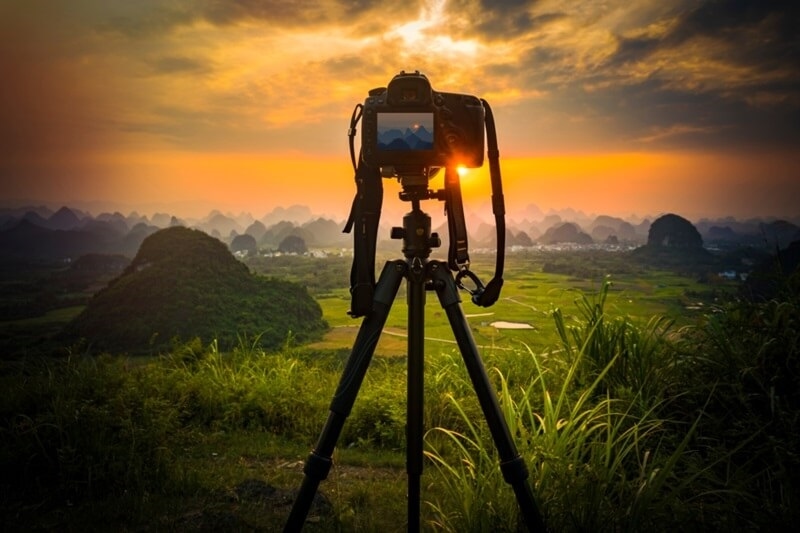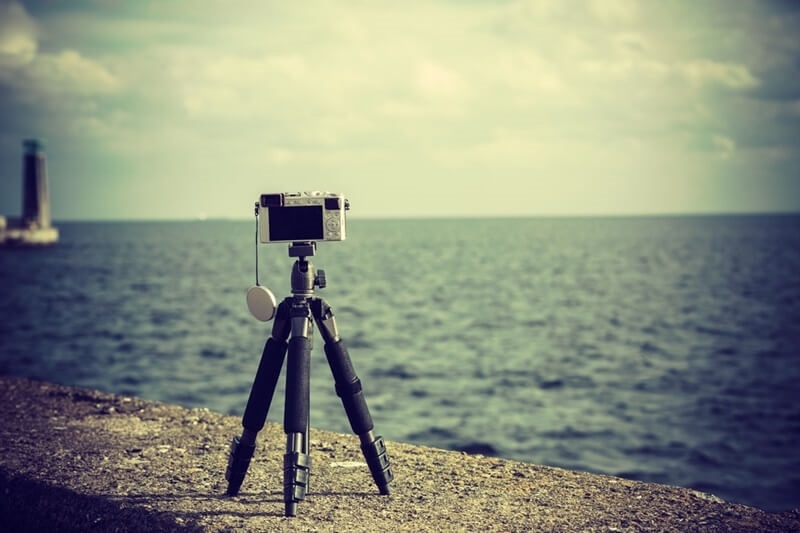
If you have ever been frustrated with shaky photos and blurry images taken at night, or with unbalanced compositions, this tripod buying guide is for you. Whether you're looking for a budget tripod for your DSLR camera or a lightweight travel tripod, the right tripod can make a world of difference in your photography. In fact, understanding the differences between tripod and handheld shooting and learning some beginner tripod tips can be the difference between average and professional-looking images. This handbook will guide you in finding the right tripod, taking into account criteria such as functionality, budget, and shooting style.
A tripod is not simply for professionals—it's a critical accessory for every shooter. It supports the camera solidly, sharpens the image, permits long exposure, and allows a more controlled composition. Both provide great flexibility for handheld shooting, but offer the photographer more consistency and accuracy—this is why professional photographers never go on a job site without their tripod.

Choosing the proper tripod can be a daunting task when evaluating the various models available.
This tripod buying guide simplifies it into the main factors you need to take note of prior to investing.
Always select a tripod whose extended length is at the same level as your eye. Stability is also crucial—carbon fiber and aluminum are popular options, with carbon fiber weighing less but costing more.
Make sure you consider the highest weight a tripod can manage. If you use large, heavy DSLRs with a telephoto lens, look for robust designs.
For traveling, lightweight travel tripods are important. Folding ones that can fit in your carry-on totally suit adventure photographers.
Even when purchasing the best budget tripod for DSLR, do not settle for inexpensive knockoffs. Choose well-established brands like Manfrotto, Vanguard, or Gitzo that strike a balance between cost and quality.
One of the most common questions new photographers have is whether or not to spend money on a tripod or simply stick with handheld shooting. This section of the buying guide for tripods addresses the questions.
Bottom line: Use a handheld for spontaneity and speed, but utilize a tripod when you want precision and clarity.
If you're new to DSLR photography, you don't need to feel pressured to go overboard. There are affordable yet reliable options available.
All of the above are fairly good tripods that serve the same purpose at a reasonable price, which is why they are the top budget tripods for DSLR photographers.
Photographers on the move have a special problem—packing gear without compromising comfort. This is where lightweight travel tripods excel.
With these, you won't have to sacrifice convenience for professional-looking results.
Purchasing the right tripod is only half the fight—using it well is equally vital. Here are some beginner tripod tips that can improve your photos instantly.
This provides maximum stability when deploying on uneven terrain.
It reduces the stability and makes the tripod more susceptible to vibration.
This eliminates camera shake from pressing the shutter button.
Suspend your camera bag from the tripod hook to avoid wind blow, causing it to topple over.
Getting a handle on these basic beginner tripod tips can turn even budget models into high-end performers.
Even professionals make mistakes when deciding on their equipment. These are some of the tripod buying guide errors to watch out for:
As a long-term investment, you need a tripod that will grow with you as you develop your photography skills.
By using these guidelines, you will understand how to select the appropriate tripod that will last you for years to come.
This guide to buying tripods has taught you everything from tripod vs handheld shooting to new tripod tips for newcomers, along with the best models, such as the best low-cost tripod for DSLR and travel light tripods.
A tripod is not simply an accessory; it is the secret to capturing an image that looks professional. The right tripod will inspire your creativity, keep your images sharp, and allow you to take your creativity even further. Don’t rush it: look around, weigh your options, but most importantly—invest wisely in a tripod that suits your own style and needs.
This content was created by AI